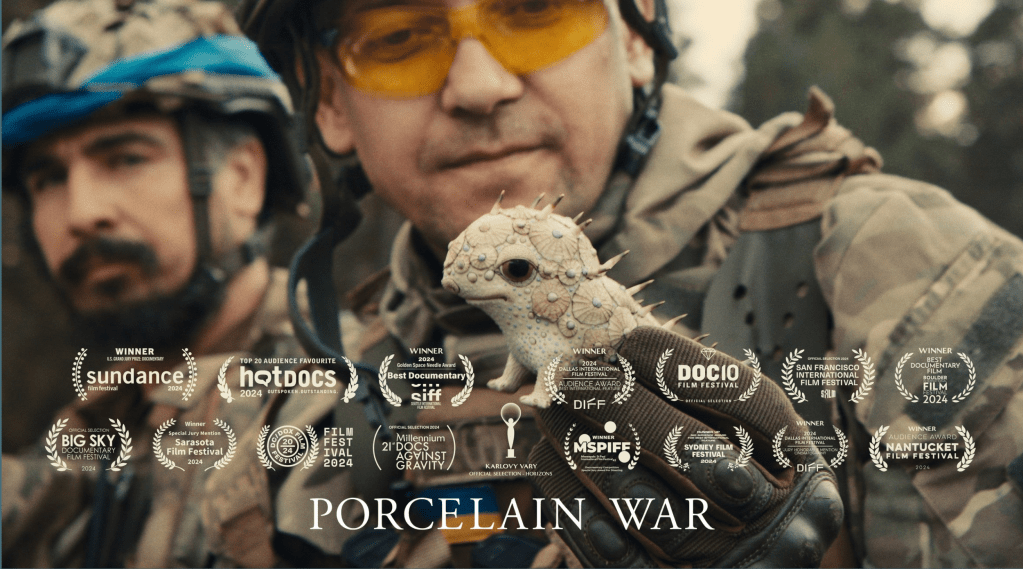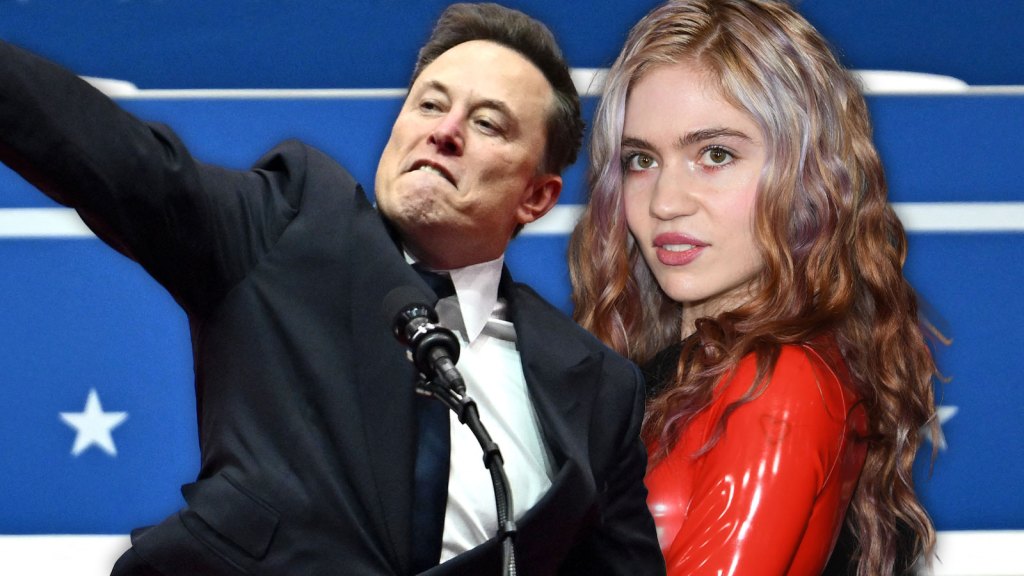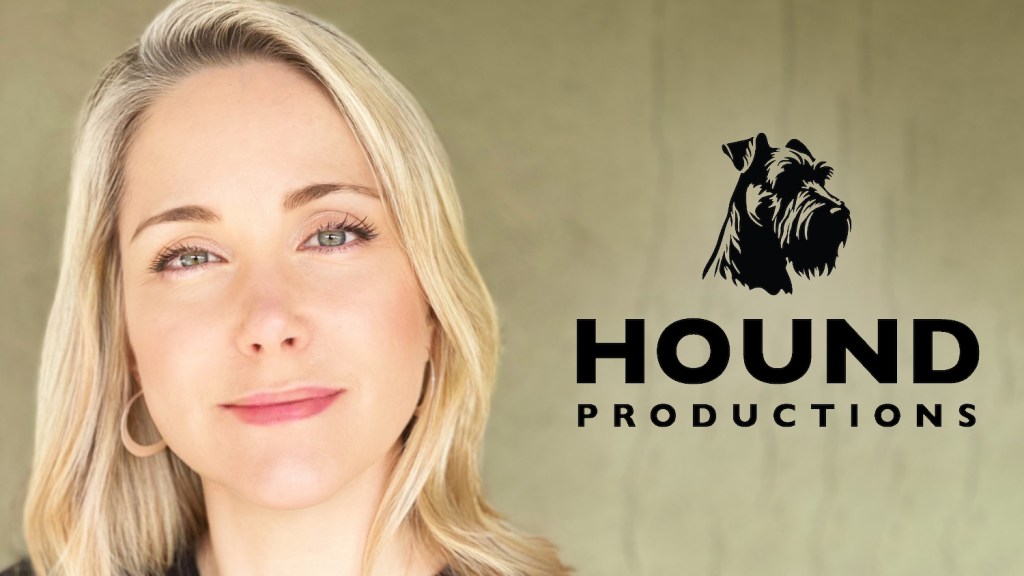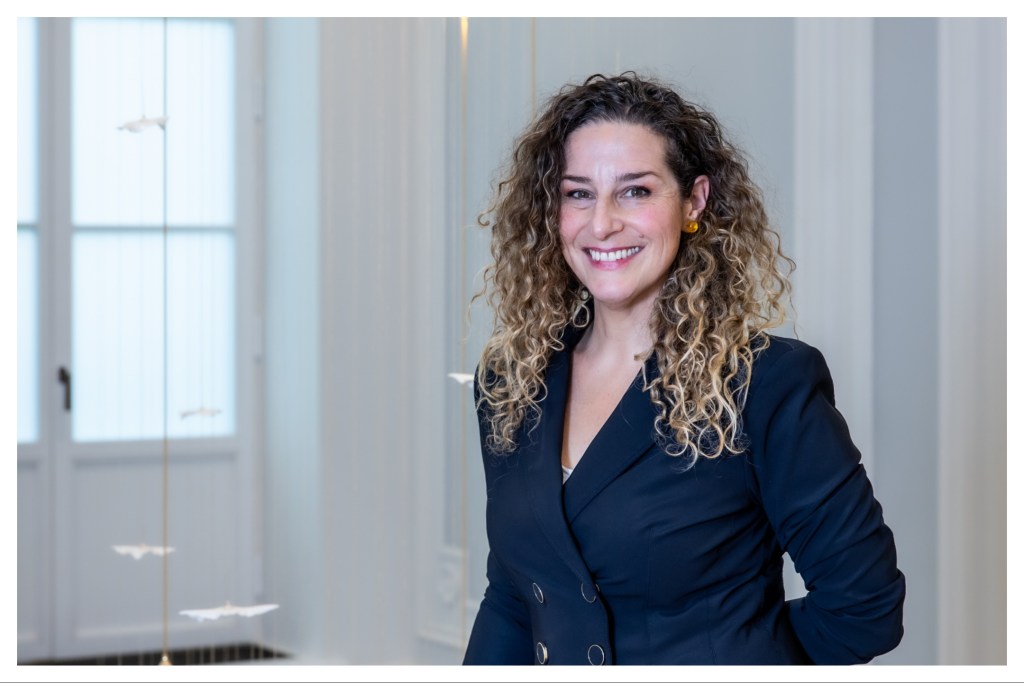Porcelain War heads into the final days of Oscar voting with considerable momentum.
The documentary set in wartime Ukraine won the DGA Award last weekend, honoring the work of directors Brendan Bellomo and Slava Leontyev. Bellomo is set to attend the Cinema for Peace Foundation’s prestigious Gala Awards Ceremony in Berlin on Monday, where the film is nominated for “Most Valuable Documentary of the Year.” And on Thursday, a special screening of Porcelain War will be held at The Hague in the Netherlands.
“The Hague event is expected to attract numerous high-level guests, including multiple ambassadors, ministry representatives, the Dutch Special Envoy for Ukraine, members of parliament, European Commission representatives, and cultural leaders,” notes a release. Bellomo commented, “At a time when global distractions abound, we are deeply honored to have these opportunities to remind audiences of the realities facing the people of Ukraine. The ongoing tragedy experienced by civilians, as highlighted in our film, demands continued attention…”
The Cinema for Peace Foundation’s gala and The Hague screening come as the war in Ukraine is set to enter its fourth year, on February 24. Porcelain War documents artists Leontyev and his wife, Anya Stasenko, who combine their gifts to craft stunning figures out of porcelain (Leontyev sculpts them and Stasenko paints them in intricate detail). But after Russia’s full-scale invasion of Ukraine, Slava was compelled to devote much of his energy to the defense of his country, training soldiers in weaponry.
Slava Leontyev works on one of his figurines in ‘Porcelain War’
Picturehouse
“I still worked on porcelain when I had time for this, because this is our life,” Leontyev explained in a new interview with Deadline. “It’s a way to bring ourselves back to a normal state of mind in these stressful times.”
Leontyev and Bellomo had known each other before the full-scale invasion. After Russian tanks stormed the border and missiles rained down on much of Ukraine in what Russian Pres. Putin euphemistically termed a “special military operation,” Bellomo got in touch with his friend and they discussed a possible cinematic collaboration.

Director Slava Leontyev, film participant Anya Stasenko and Frodo the dog, cinematographer Andrey Stefanov
Michael Buckner/Deadline
“When Brenda called me, it was an amazing opportunity for us to share our very personal experience,” Leontyev recalled, “and show all these amazing actions around us and show the beauty with this amazing people, my friends from my [military] unit, beauty of people in darkest of times and humanity that still exists. It was important. And we just started work.”
Bellomo got a camera to Leontyev to begin the filming process.
“I asked him, ‘Do you know anyone who could just press record on the tripod with the camera? If you guys are in the scene?’” Bellomo said. “And he says, ‘I know someone.’”
That someone turned out to be Andrey Stefanov, a painter and longtime friend of Leontyev and Stasenko’s who did not have any experience as a cinemtographer. Leontyev sent Bellomo images of the artist’s work.
“He sends me this folder of oil paintings, photographs of these masterworks… I was physically moved by this,” Bellomo said. “To have a painter of that emotional ability who understands light and composition, he knew where to put his canvas. And I said, ‘This is a cinematographer. He’s just not a camera operator.’ And you can teach that, but you can’t teach somebody to be a cinematographer.”

‘Porcelain War’
Picturehouse
Porcelain War weaves between images of battle and pastoral scenes shot in the Ukrainian countryside, sometimes showing Leontyev and Stasenko walking with their beloved dog Frodo, an endearing presence in the film. The moments in nature aren’t simply interludes in the film but subtly communicate all that is being lost to Russia’s unprovoked aggression.
“We really love nature, and this nature is so fragile,” Leontyev noted. “During the war, so many of our national parks and national forests burned because of shelling. And now these forests are mined by the landmines. Ukraine now is [the most mined] territory in the whole world… [It will take] hundreds of years of work to clear all these territories. And because of this, we were so focused on this fragile beauty and really filmed every piece of nature like if it was last day.”
On Wednesday, Pres. Trump phoned Putin, later reporting that they had agreed to holds talking on a peace settlement in Ukraine. The president’s apparent concession to Russian wishes and terms has been labeled “appeasement” by many of the United States’ ostensible allies. The Trump administration has sent mixed messages about whether it would even allow Ukraine to participate in negotiations meant to decide its fate.
But Ukrainians remain resolute in defense of their territory and culture. Art, Porcelain War makes clear, is part of that resistance.
“The idea wasn’t just that they were choosing to pick up weapons,” Bellomo says of Leontyev, Stasenko and Stefanov. “The idea was they’re choosing to make art. The opposite of war is not tranquility and peace. The opposite of war is creativity, creation, community, these concepts that are rebuilding, that are restorative, that are bringing people together. And I thought that’s an unexpected miracle that those are the choices that they’re making.”



